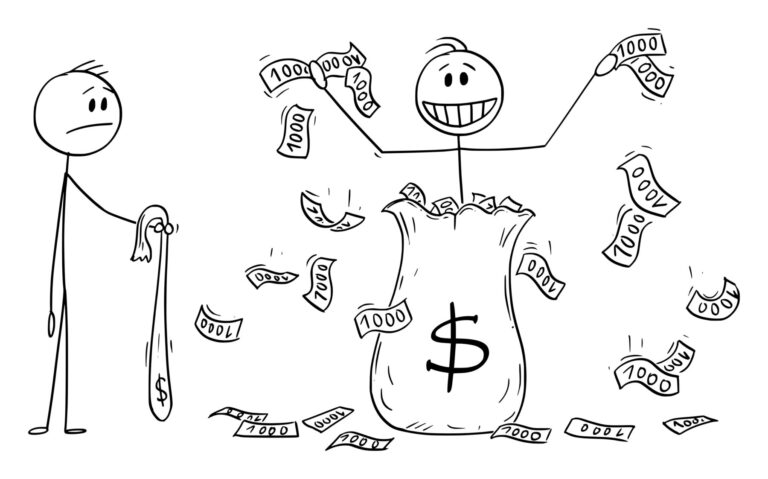What Happens to Real Estate During Stagflation + Where to Invest?
Stagflation occurs when prices are affected by inflation alongside unemployment and other economic output factors. This means people are earning less money while spending more on everything from housing and utilities to food, medicine, and consumer products.
For investors with long memories, stagflation was an issue in the 1970s and going into the 1980s. The weakened economy throughout North America caused double-digit unemployment—a situation North Americans truly had not faced since the Great Depression.
The pinch, however, comes when rising interest rates prompt an increase in prices — fewer people earning, fewer people earning more combined with rising prices and less purchasing power.
While most people are worried about a recession, investors, government officials and business owners are bracing for stagflation. That’s because stagflation combines the bad economic effects of a recession (stock declines, unemployment increases, housing market dips) with inflated prices. Bad-bad situation.
While our current economic situation is dramatically different from what was seen in the 1970s, there are similarities and this is prompting concern.
Canada’s slowing economic growth and higher-than-normal unemployment rates pose problems for a national economy still trying to get out from the impact of global pandemic restrictions.
Add to this the increase in prices for goods and services and slow to no wage growth and the notion that inflation combined with anemic economic growth as real headwinds in the near future isn’t so far-fetched. In that scenario, many industry experts start to look for better markets to put their money into.
What Industry Veterans are Doing
Industry veteran and chief investment officer of First American Trust, Jerry Braakman, began signalling a need to shift gears as early as Q1 2021 when his firm began to increase exposure to REITs and technology.
As Braakman explained in a Bloomberg interview, “We’re going to have a decelerating, still-growing economy and inflation is going to stick around.” In that scenario, REITs and technology still tend to do well and gold starts to look attractive, he said.
What Assets Do Well in Stagflation?
To minimize the impact of a slowing economy and rising prices, investors can heed a few lessons learned from the 1970s stagflation environment.
Lesson 1: Stocks become very volatile during these uncertain and expensive economic periods. Government bonds and other fixed-income options also end up being riskier at these times since inflation ends up eroding purchasing power and hindering longer-term investments.
Lesson 2: Consider how to stretch your dollar. Since there are fewer dollars to spend and your dollar doesn’t go as far, now is the time to stop your home base bias. Investing in assets or markets where your dollar goes further, such as emerging markets, can help reduce the drag inflation may have on your total portfolio return.
Lesson 3: Invest in commodities. If you select carefully, commodities can help you weather higher prices, lower earnings and impaired investment returns. That’s because commodities are required regardless of how well the dollar is doing and how fast an economy is growing. The key is to determine what commodities are in demand, such as precious metals, industrial metals, agriculture or others, and increase your exposure.
Lesson 4: Find the high-performing stocks or funds. Not all companies or sectors do poorly when prices rise and wages and economic outcome flatlines. Consider how the economy handled the initial pandemic lockdown: while retail, media and hospitality virtually crashed during that time, tech companies like Microsoft, Facebook and Apple and digital firms like Amazon, Google, and Netflix experienced exponential growth (in business and in value).
The key is to do your due diligence and find investments that will weather the wage inactivity even as prices continue to increase. For instance, REITs that focus on multi-family or rental markets in high-demand markets should feel less of an impact — people still need a place to live as they continue to work for a paycheque.






